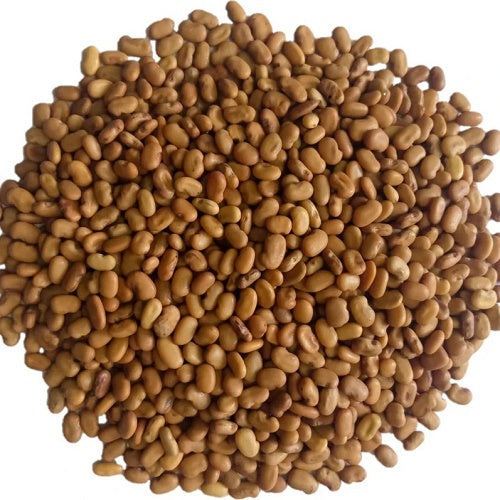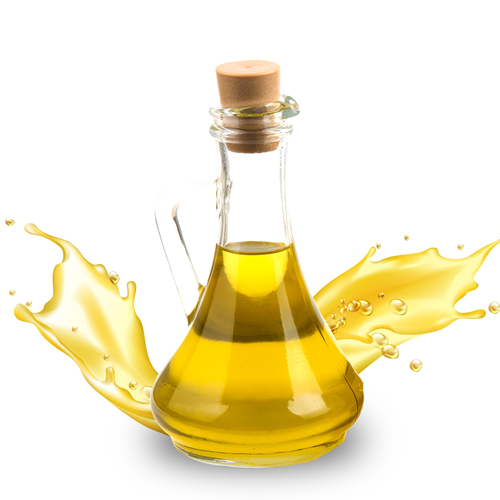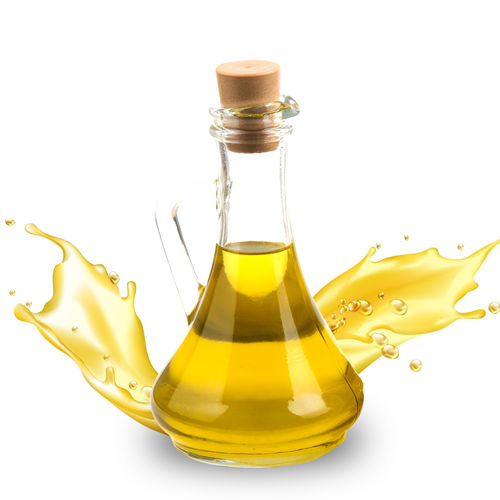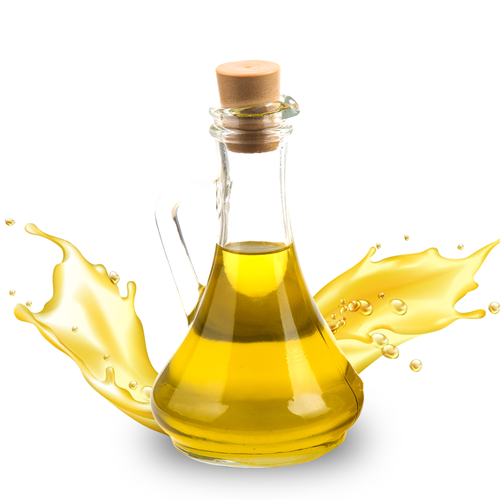Menu
Add description, images, menus and links to your mega menu
A column with no settings can be used as a spacer
Link to your collections, sales and even external links
Add up to five columns
Add description, images, menus and links to your mega menu
A column with no settings can be used as a spacer
Link to your collections, sales and even external links
Add up to five columns
LOOKING FOR BULK INGREDIENTS PRICING?

Benefits of Sesbania Grandiflora Seeds - Wholesale B2B Bulk Suppliers in USA
Sesbania Grandiflora Seeds: A Valuable Botanical for Agriculture and Wellness
Sesbania Grandiflora Seeds come from the fast-growing, multipurpose tree commonly known as the Vegetable Hummingbird, Agati, or Sesbania. Native to Southeast Asia and widely cultivated in tropical and subtropical regions, this leguminous plant is highly valued for its rapid growth, soil-enriching properties, edible flowers and leaves, and medicinal benefits. Its seeds play an essential role in propagation and offer nutritional and traditional medicinal potential.
Botanical Profile
-
Botanical Name: Sesbania grandiflora
-
Family: Fabaceae
-
Plant Part Used: Seeds
-
Color: Light brown to reddish-brown
-
Taste: Mild, slightly bitter
-
Common Names: Agati, Vegetable Hummingbird, Hummingbird Tree, August Tree, Agastya (Sanskrit)
Key Characteristics and Benefits of Sesbania Grandiflora Seeds
-
Agricultural Importance
The seeds are commonly used for afforestation, nitrogen fixation, and green manure production. They germinate quickly and grow into trees that improve soil fertility, making them ideal for sustainable farming. -
Rich in Protein and Nutrients
Sesbania seeds contain plant-based proteins and essential amino acids. They also hold trace amounts of minerals and are sometimes used in animal feed for their nutritive value. -
Medicinal Potential
In traditional systems like Ayurveda and Siddha, Sesbania grandiflora seeds are known for their anthelmintic, anti-inflammatory, and diuretic properties. They may help in managing fever, worms, digestive issues, and inflammation when used in proper herbal preparations. -
Eco-Friendly and Soil-Enriching
When grown from seed, the plant’s roots host nitrogen-fixing bacteria that enrich the soil naturally, reducing the need for synthetic fertilizers and supporting healthy crop rotation systems. -
Used in Traditional Remedies
Though the leaves and flowers are more commonly consumed, the seeds are sometimes powdered and used in small doses for specific therapeutic uses under professional guidance.
Common Uses and Applications
-
Used for propagation in nurseries and reforestation projects
-
Incorporated in herbal formulations for traditional medicine
-
Cultivated as a green manure crop for improving soil health
-
Included in animal fodder blends due to high protein content
How to Use
Sesbania Grandiflora Seeds are primarily sown directly into the soil for cultivation. Medicinal use of seeds is rare and should only be undertaken under the supervision of an experienced practitioner due to their potency.
Precautions
While the plant is largely safe when used traditionally, excessive or unregulated use of the seeds can be toxic. They are not recommended for self-medication or consumption without expert advice.
Final Thoughts
Sesbania Grandiflora Seeds are a powerful example of how nature provides resources that benefit both agriculture and wellness. Whether used to restore degraded lands, enhance soil fertility, or contribute to traditional healing, these seeds offer a wide range of uses that are sustainable, holistic, and deeply rooted in ancestral knowledge.
For bulk orders and inquiries, visit Reveda - Sesbania Grandiflora Seeds
BUY ONLINE IN USA FROM REVEDA - The leading manufacturer B2B Bulk Wholesale Supplier of Sesbania Grandiflora Seeds in USA.
Also in Reveda: Health & Wellness

Benifits Of Omega-3 Fish Oil EE - 460 MG/G EPA & 180 MG/G DHA - Wholesale B2B Bulk Suppliers in USA
Read More
SUBSCRIBE NOW ...
Don't miss to get latest updates on sales, new releases and promotions

